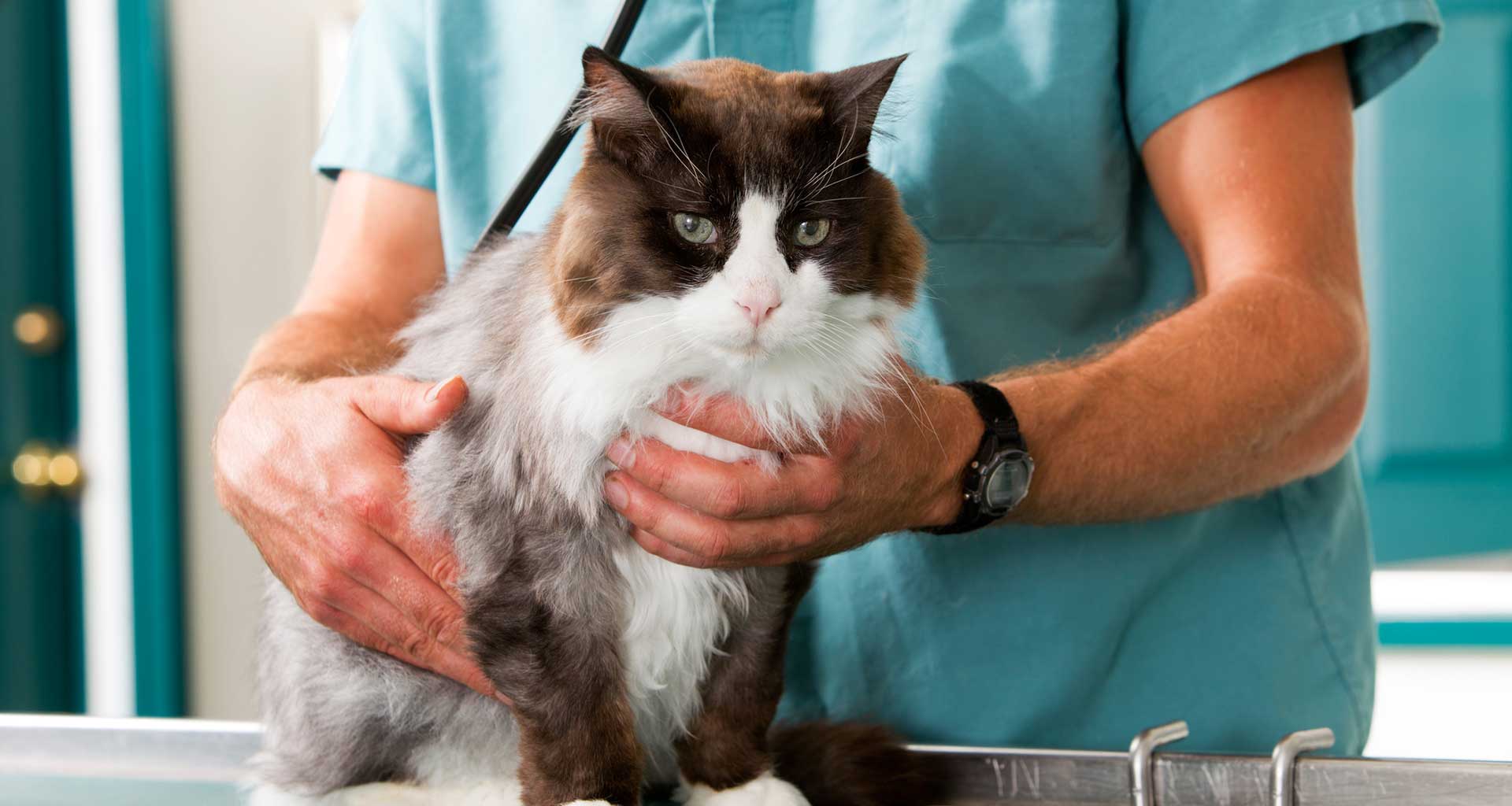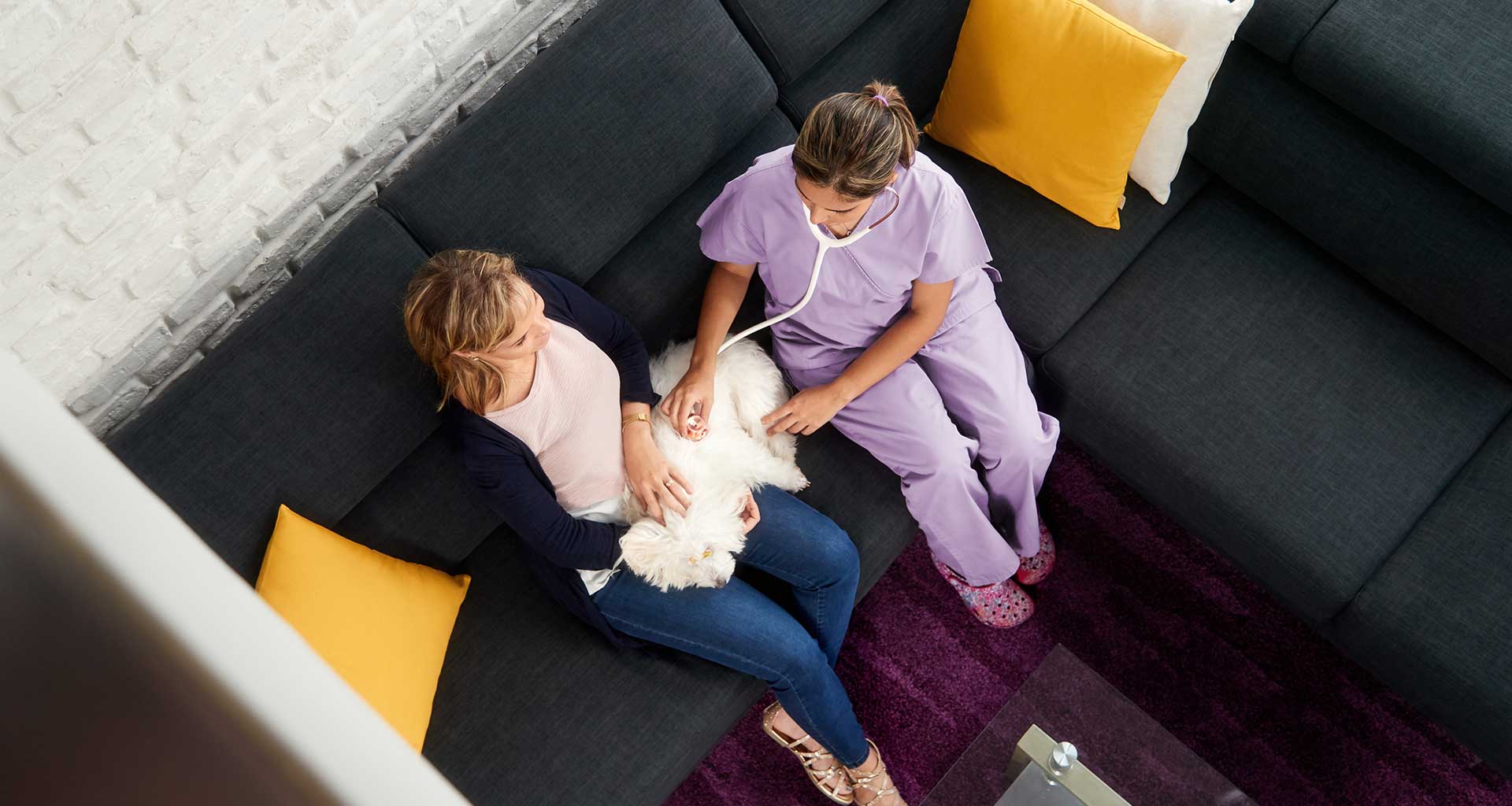Cats are amazing; they are simultaneously independent and affectionate. Even though cats are relatively low-maintenance, there is still a stray and feral cat problem. The only way to get to the bottom of the cat problem is to desex domestic cats and where possible consider adopting a cat from a shelter before approaching a breeder.
What is desexing?
Desexing is the removal of your cat’s reproductive organs. A professional veterinarian does desexing in a sterile surgical ward. The testes of a male cat are removed through a small incision, then the spermatic cord is tied, this is called neutering.
Female cats undergo routine, but major surgery, called spaying. The vet makes an incision in her abdomen to remove the uterus and ovaries. The layers of skin and muscle are stitched closed with sutures.

Why should I have my cat desexed?
The most obvious reason to desex your cat is to prevent unwanted litters of kittens. There are health benefits for your cat too. Without the reproductive organs, there is no risk of reproductive organ related illnesses, such as cancers and cysts.
No more spraying and cat calling. The drive to mate does not exist so these behavioural issues do no occur.
The belief that cats need to have one litter before surgery is incorrect and has no foundation. There is no scientific proof that desexing a cat before puberty has any negative effects. Also, desexing your cat makes it easier to keep them in your home instead of wandering around the neighbourhood.
What is the recovery like after desexing?
Recovery time is different for male and female cats after desexing.
Male cats take around 5 to 7 days. You still need to monitor the incision site daily to make sure there are no signs of infection. Swelling, redness and heat are commons signs of infection, if you notice any of these you need to contact your vet immediately. Your cat may have side effects from the anaesthetic, including lethargy, nausea, vomiting and discomfort. If the side effects persist, you need to contact the vet.
Female cats take between 10 and 14 days to recover. You have to check the incision every day for the same signs of infection as a male cat. Make sure to confine your cat to a crate or blocked off area for the first 7 days. This is to make sure that the sutures do not tear.
When your cat comes home give them small amounts of water to sip to avoid nausea and vomiting.
What to expect at the vet’s office
The night before surgery, give your cat a light dinner. Do not give any other food after dinner. This is to limit the risk of vomiting while under anaesthesia. It is definitely fine for your feline fur baby to have water.
When you arrive at your appointment, your cat is admitted to the surgery. Before any drugs are given a full blood test and examination is done to make sure that kitty is in good health, with no underlying problems.
What is the recovery like after desexing?
The cat is moved to a sterile dedicated surgery
Anaesthesia is administered to put your cat into a sleep state
The vet performs the surgery to remove either the gonads or the ovaries and uterus.
From surgery, your cat goes to recovery where he or she rests before you pick them up. In recovery, a professional will monitor them for signs of discomfort or distress.
Your cat is ready to go home. You need to make sure that there is a soft warm place for your cat to rest. It is best to confine your cat to a crate or enclosed area for the first few days. This is to make sure that the sutures do not tear.

Recovery at home
Your pet will have side effects from the anaesthesia, which include lethargy, nausea and even vomiting. Give your cat food and water but in small amounts to reduce the risk of vomiting. It takes up to 48 hours for the drugs to wear-off but if you have, any concerns contact your vet immediately.
Do not allow your cat to jump or run around and try to limit their movement for the first 7 days. It is very important to check the incision site daily. Missing sutures, redness, inflammation or pain can cause problems. If you notice, any of these contact your vet straight away.
Most modern sutures are dissolving sutures but your vet will schedule a follow up to make sure everything is fine, and to remove the sutures if required.
If you have more questions about desexing, please reach out to our team.





